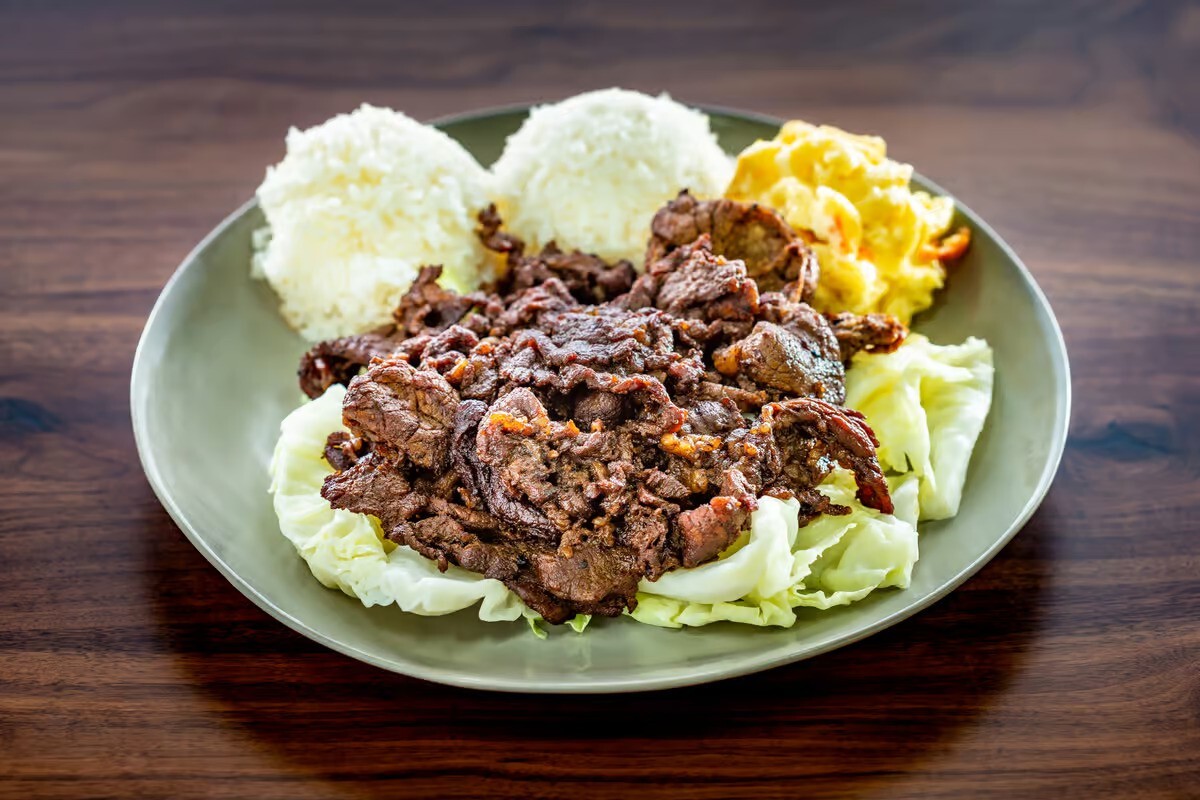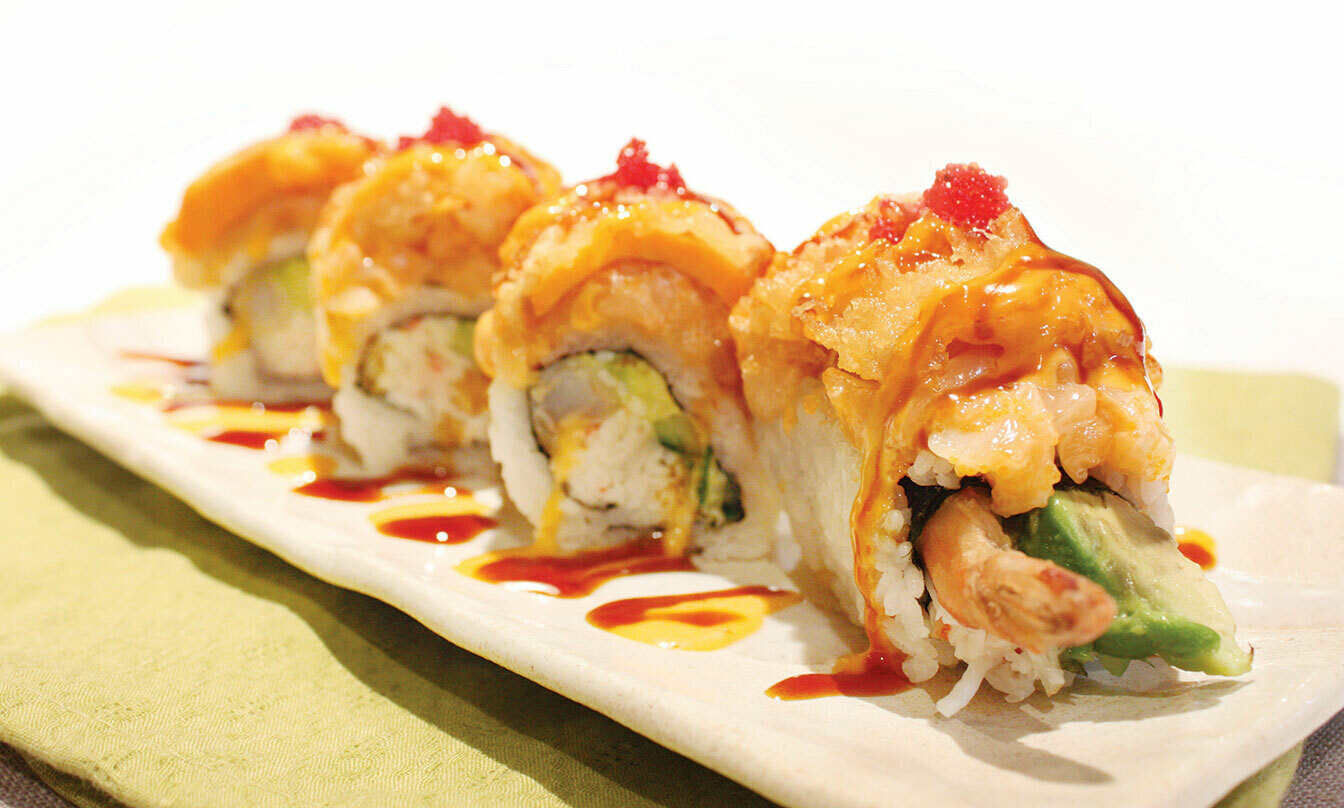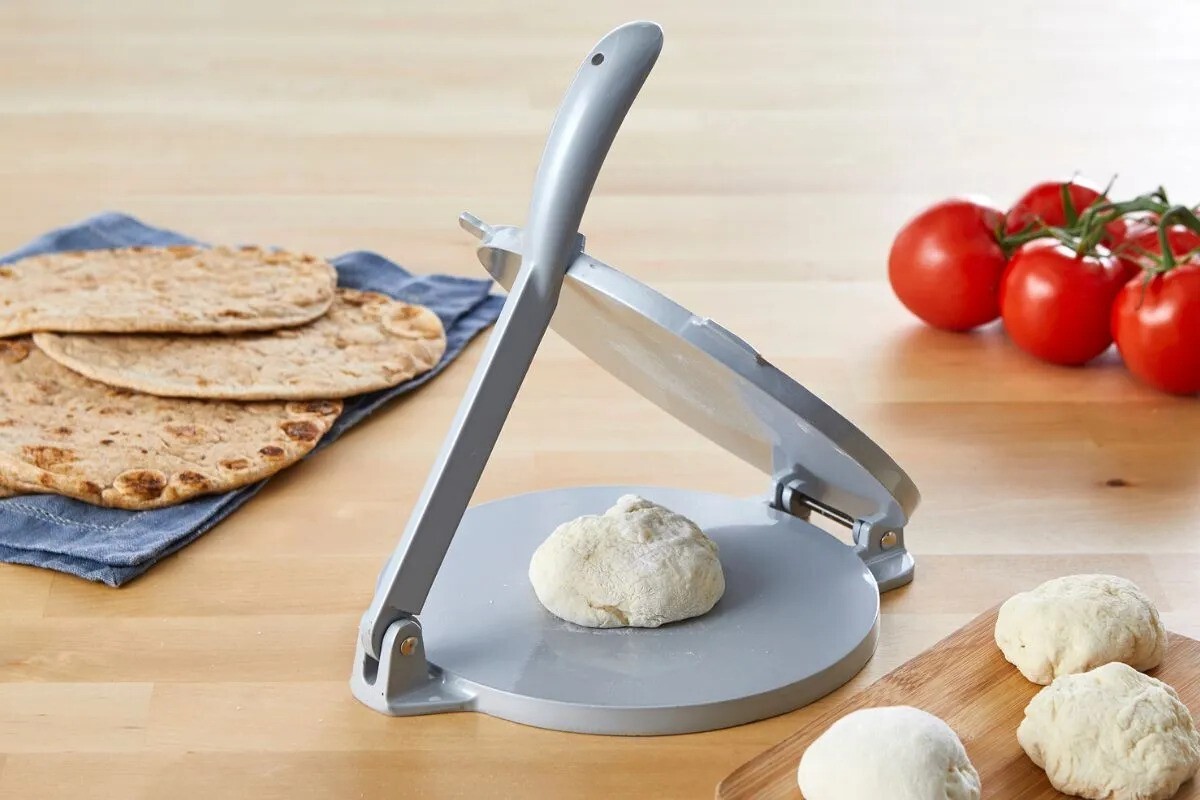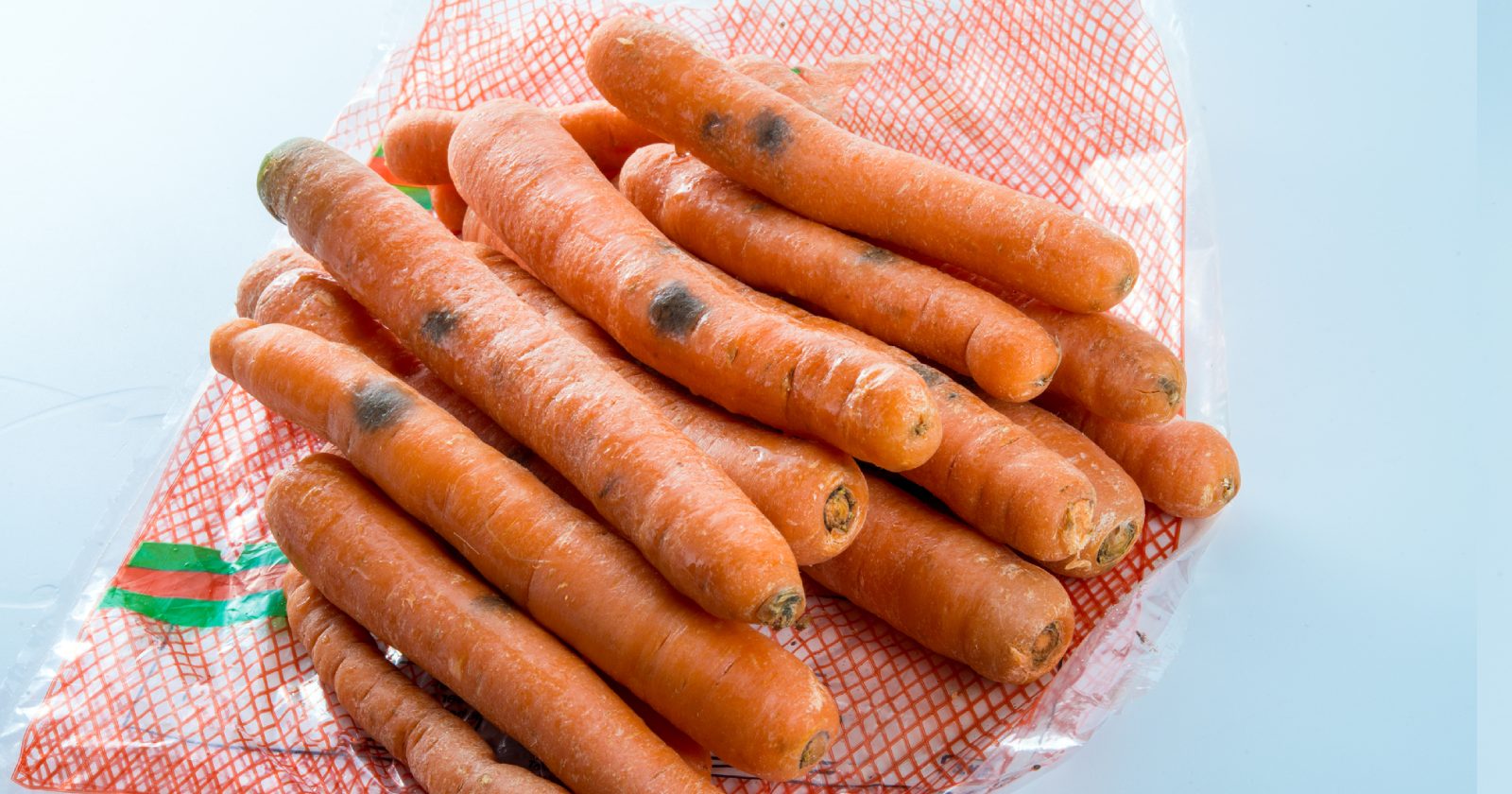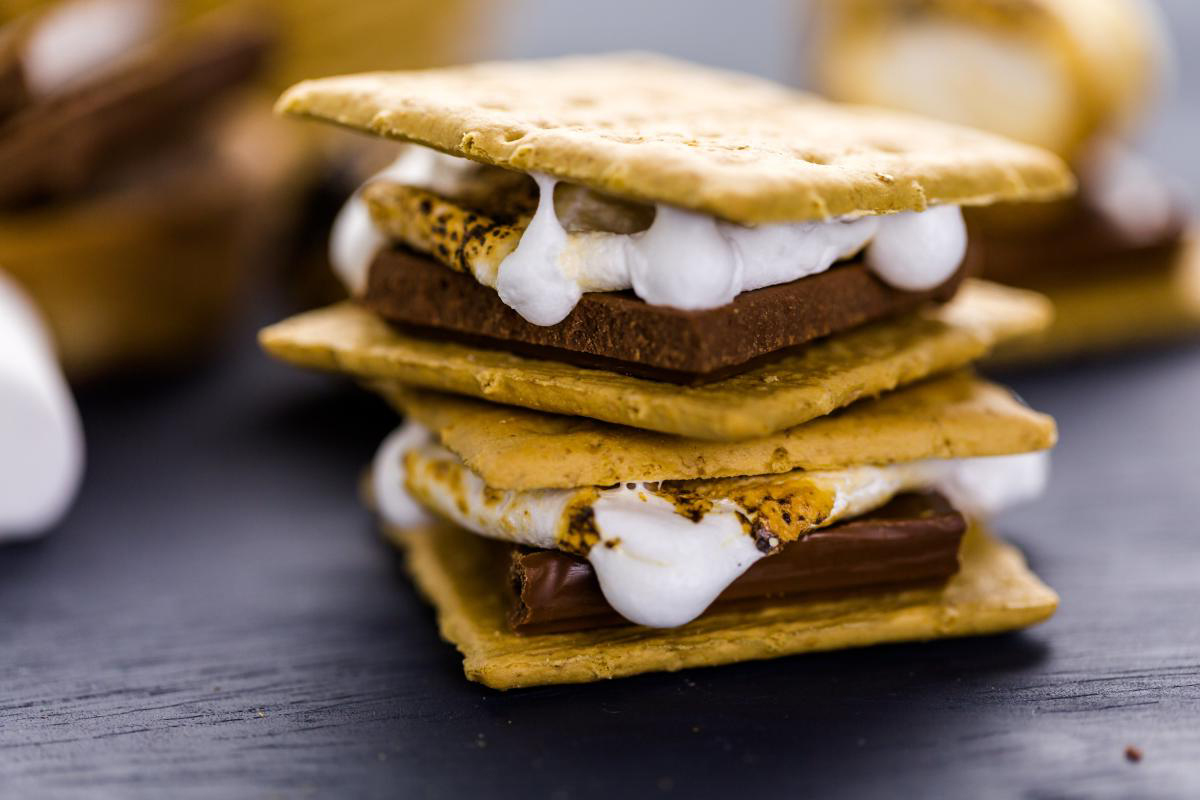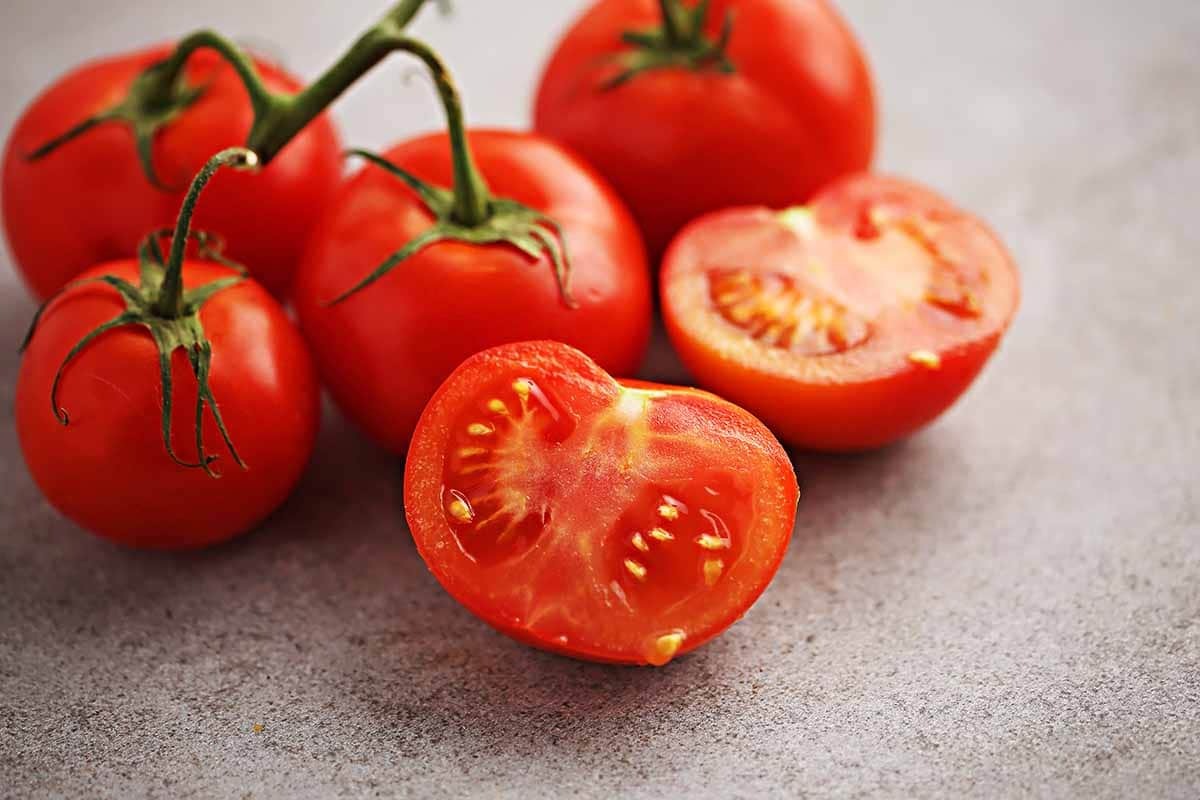Understanding the Importance of Hot Holding Temperature in Food Safety
When it comes to food safety, maintaining the proper hot holding temperature is crucial. This temperature refers to the range at which hot foods should be kept to prevent the growth of harmful bacteria. Let’s delve into the significance of hot holding temperature and why it matters in the food industry.
What is Hot Holding Temperature?
Hot holding temperature is the specific temperature range at which hot foods should be kept to ensure their safety for consumption. According to food safety guidelines, the hot holding temperature typically falls between 135°F (57°C) and 140°F (60°C). This range is considered optimal for preventing the growth of bacteria that can lead to foodborne illnesses.
The Importance of Hot Holding Temperature
Maintaining the proper hot holding temperature is critical for several reasons:
- Preventing Bacterial Growth: Keeping hot foods at the appropriate temperature range helps prevent the proliferation of harmful bacteria, such as Salmonella, E. coli, and Listeria, which can thrive in conditions where temperatures are not adequately maintained.
- Ensuring Food Quality: Proper hot holding temperature not only safeguards against foodborne illnesses but also helps maintain the quality and freshness of the food. Foods held at the correct temperature are more likely to retain their flavor, texture, and overall appeal.
- Compliance with Regulations: Adhering to hot holding temperature guidelines is not just a matter of best practices; it is often a legal requirement. Food establishments are typically mandated to maintain specific temperatures to ensure the safety of the food they serve.
Challenges in Maintaining Hot Holding Temperature
While understanding the importance of hot holding temperature is essential, it’s equally crucial to acknowledge the challenges associated with maintaining this temperature consistently. Factors such as equipment malfunction, power outages, and human error can all contribute to fluctuations in hot holding temperature, posing potential risks to food safety.
Best Practices for Maintaining Hot Holding Temperature
To mitigate the risks and ensure that hot foods remain safe for consumption, food service professionals should consider the following best practices:
- Use Proper Equipment: Invest in reliable hot holding equipment, such as steam tables, warming trays, or heated cabinets, designed to maintain consistent temperatures for hot foods.
- Regular Monitoring: Implement a schedule for regularly monitoring the hot holding temperature of foods to promptly address any deviations from the recommended range.
- Training and Education: Ensure that staff members are adequately trained in food safety protocols, including the importance of hot holding temperature and the proper procedures for monitoring and maintaining it.
- Temperature Logs: Keep detailed records of hot holding temperatures to track compliance and identify any patterns or issues that may arise over time.
Conclusion
In the realm of food safety, hot holding temperature plays a pivotal role in safeguarding consumers against the risks of foodborne illnesses. By understanding the significance of maintaining the appropriate hot holding temperature range, food establishments can uphold the highest standards of safety and quality in the products they serve.
Remember, when it comes to hot holding temperature, precision and diligence are key to ensuring that the food remains not only delicious but also safe for consumption.
Was this page helpful?
Read Next: What Is Kneel Down Bread

